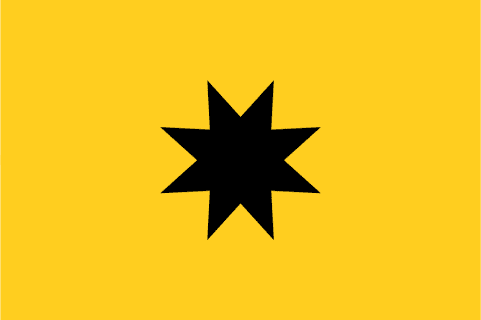Rel=canonical element, or the canonical link
A rel=”canonical tag” is a snippet of HTML code which marks up web pages that are at risk of being interpreted as duplicate content. By implementing this tag in pages with similar or identical content, webmasters are able to convey to search engines which is the original page — the ‘canonical link’ — and which are subsequent copies. The canonical link, established as the preferred version, is given ranking priority over the copies, thus avoiding duplicate content issues.
Please note that, whereas canonical tags remain crucial SEO tools with a wide number of applications, in May 2023 Google announced that they are no longer required for syndicated content.
In SEO, content is king. Generating new, fresh, relevant content for your blog or website should be at the heart of your digital marketing strategy. However, every now and then, a website can find itself needing to use the exact same content more than once across their site, or even across multiple sites.
Google and other search engines will consider this duplicate content. But for many businesses some duplication is inevitable, for instance when there are only subtle variations on a product or when press releases are published identically across different platforms.
Most duplicate content, Google understands, isn’t a result of webmasters trying to manipulate search results. In 2013, Google spokesman Matt Cutts stated that there is no penalty for duplicate content, but that it can be detrimental to your website’s position on search results pages.
In order to avoid this, you need to make it absolutely clear to search engines which URL is the original version of content — the one you value the most — and which are the subsequent copies. Your SEO agency will be able to spot potential duplication issues and help you to identify which pages should be marked as copies, and which as the original.



